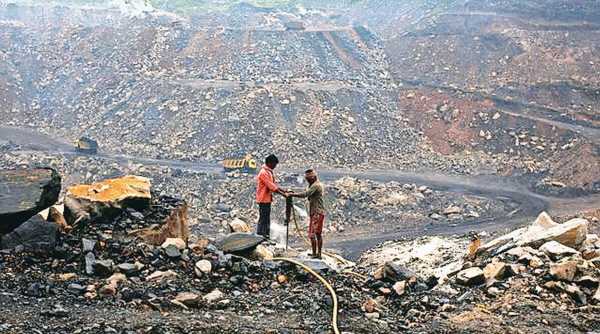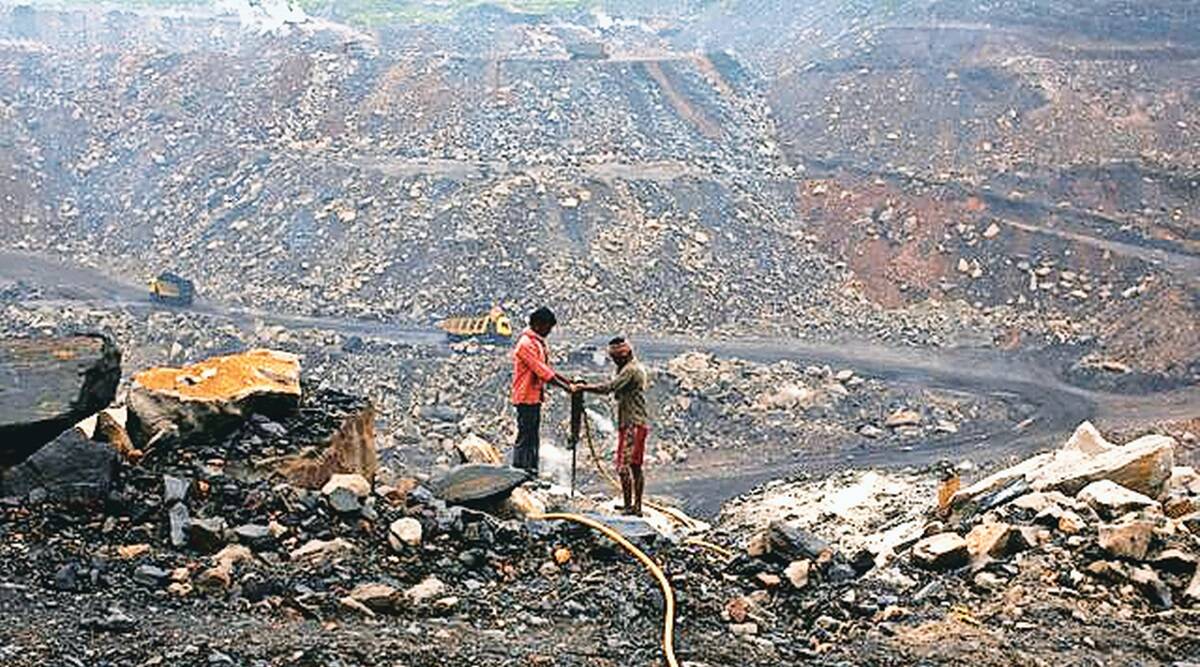In a meeting, Venu Prasad informed CM that the Rajpura Thermal Plant has a coal reserve of 1.9 days, Talwandi Sabo Thermal Plant has reserves of 1.3 days and GVK has a reserve for barely half a day.
Facing an acute shortage of coal in its thermal plants, the Punjab State Power Corporation Limited has cut down on power generation and may impose rotational load shedding at several places in the state.
PSPCL CMD A Venu Prasad on Saturday informed Chief Minister Charanjit Singh Channi that the thermal power plants in Punjab – two managed by the state utility and three in the private sector – have coal stocks to meet generation requirements for one to two days. Venu Prasad informed the CM that the Rajpura Thermal Plant has a coal reserve of 1.9 days, Talwandi Sabo Thermal Plant has reserves of 1.3 days and GVK has just half-a-day of reserves. The two PSPCL run power plants at Ropar and Lehra Mohabbat also have just two days of stock left.
The CM was told that this situation has arisen because Coal India Ltd was not supplying as per requirements. All these plants is supplied by various CIL subsidiaries as per Fuel Supply Agreements but at present inflow is much below the required level.
As per Central Electricity Authority guidelines, power plants located at a distance of over 1,000 km from a coal mine should always have minimum coal stock of up to 30 days but this level of stock is not maintained by the power plants in the state.
The demand for power at present is about 9,000 megawatts (MW) in the state. Officials said besides the demand for power from the agriculture sector, high temperatures in the day is also adding to the spike in power requirements in the state. Wiht power plants generating less power, the PSPCL is buying via the power exchange but at an expensive Rs 10 per unit, said an official.
Slamming the Centre for inadequate coal supply, Channi asked it to immediately enhance it as per the quota to tide over the power crisis.
Reviewing the situation, the CM reiterated his govt’s commitment to continue supply for irrigation of paddy crops. He, however, said power cuts on domestic consumers in cities and villages are being imposed to ensure sufficient supply to the agriculture sector as well as to maintain grid discipline.
Meanwhile, the PSPCL issued an appeal to the consumers to cut down on power usage. “There is an acute shortage of coal in the country. Please conserve power by switching off the lights, devices and air conditioners when not required,” the appeal issued by the power utility read.
“We are using coal as per the availability. The thermal units are being run on an alternate basis. If all units are run together, we will run out of coal stock and may face a total blackout. We are not trying to impose power cuts but have appealed to the consumers to use power judiciously,” said DPS Grewal, director (distribution), PSPCL.
Though PSPCL claimed it was not imposing power cuts, unofficially outages raging from two to eight hours are being reported from different reas in Punjab.
Grewal said, ”We have to give eight-hour supply to the farm sector for paddy cultivation till October 20 and till October 31 for basmati”.
On Friday, farmers had staged a dharna outside PSPCL’s Patiala office they were not being given eight hours of power.
Earlier, Channi had asked PSPCL to go for clean and green power which is cost-effective and reliable. Venu Prasad had informed the CM that PSPCL has floated two tenders for procurement of a total of 500-megawatt solar power. Out of this, 250 MW solar power is planned to be procured from solar power projects located anywhere in India with a ceiling tariff of Rs 2.50 per kWh (kilowatt-hour).
Apart from this, another 250 MW of solar power would be purchased from solar power projects located anywhere in Punjab with a ceiling tariff of Rs 2.70 per Kwh, Venu Prasad said.
The PSPCL CMD said that the move will meet the rising power demand in Punjab and simultaneously develop and promote renewable sources of energy.
(With ENS Chandigarh)
Source: Read Full Article


